Though sharks are considered some of the most terrifying and dangerous animals in the world, every year thousands of people opt to swim face to face with them. Whether it’s free diving or cage diving, with nurse sharks or great whites; shark diving is one of the most sought-after bucket list adventures. Here’s your guide to some of the best shark dives on the planet!
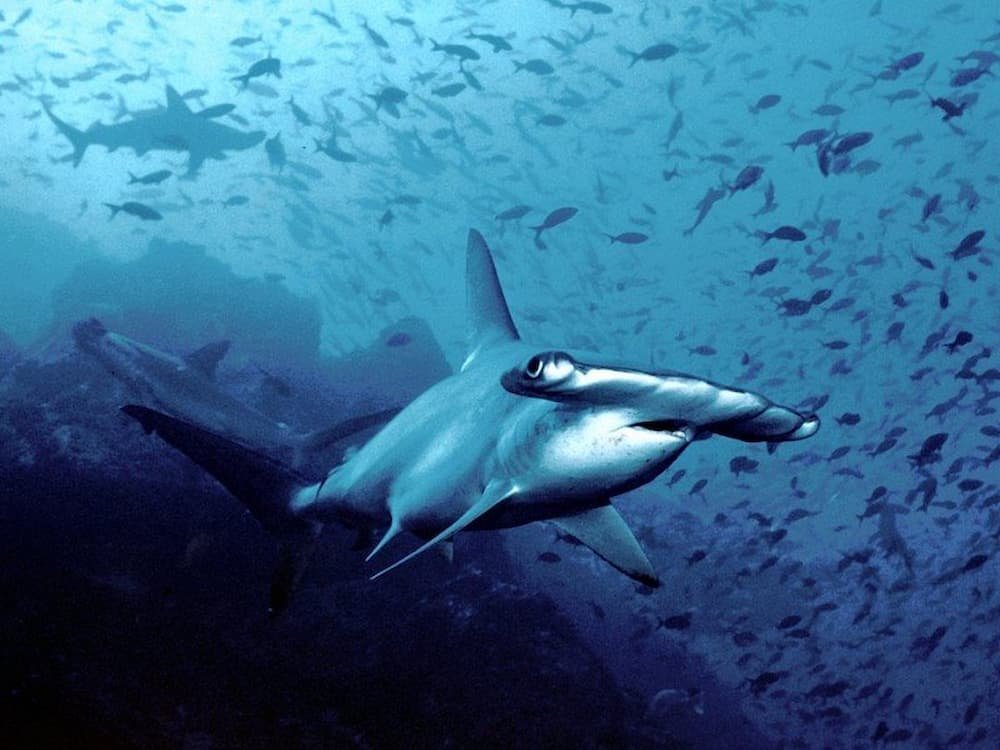
Cocos Islands, located approximately 400km southwest of Costa Rica, can only be accessed as a liveaboard trip and is recommended for the experienced diver. These islands are home to 20 incredible dive sites ranging from underwater mountains to coral gardens. In 1978 the Costa Rican government declared Cocos Islands a marine national park thus allowing sea life to grow and thrive.
Expect to encounter multiple shark species; tiger, blacktip, silvertip, guitar, silky, and reef sharks. But what really attracts divers to this spot are the schools of hundreds of scallop hammerhead sharks. August and September are the most popular months.

The Galapagos Islands are located about 900km west of Ecuador. Considered one of the best liveaboard diving cruises in the world, ocean life is nothing short of breathtaking. You’ll be swimming side by side with eagle rays, seals, whale sharks, sea lions, marine iguanas, sea turtles, Galapagos sharks, dolphins, and of course Hammerhead sharks. The peak season runs July thru December.
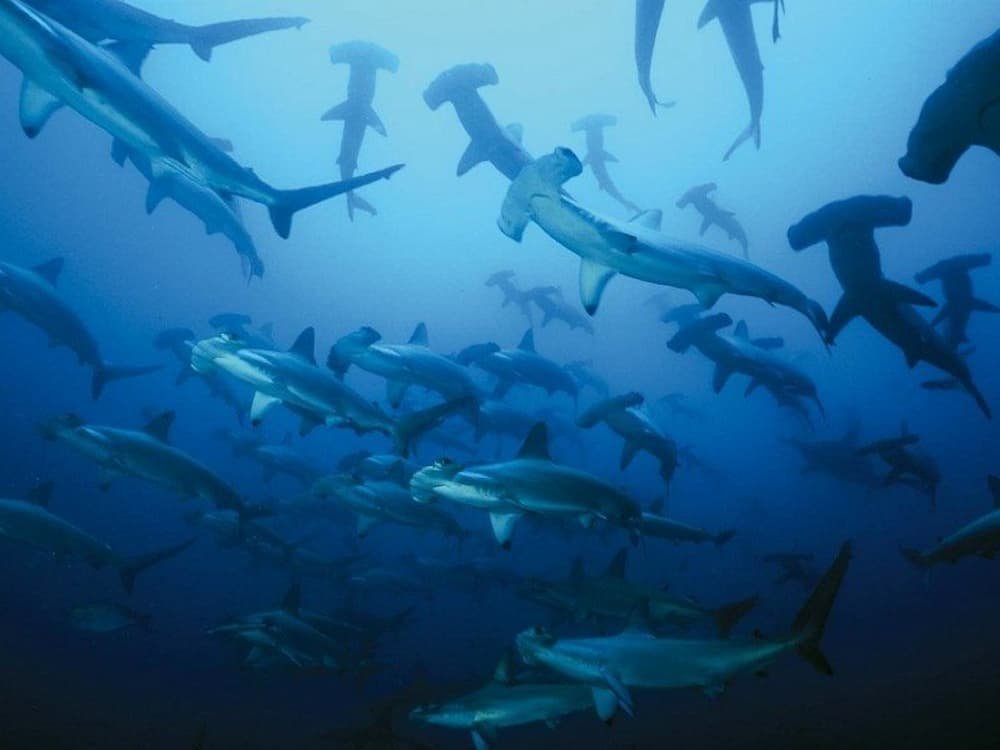
Malpelo Island is a volcanic formation that sits 500km west of Colombia and is an absolute Hammerhead mecca! Although May thru September is considered the best time to dive, Hammerhead sharks are closer to the surface in the cold season, January to March.
Of the 25 dive sites, the southern pinnacles, Nevera, and Altar de Virginia are top locations for shark sitings. Malpelo Island can be accessed by liveaboards only from both Colombia and Panama.
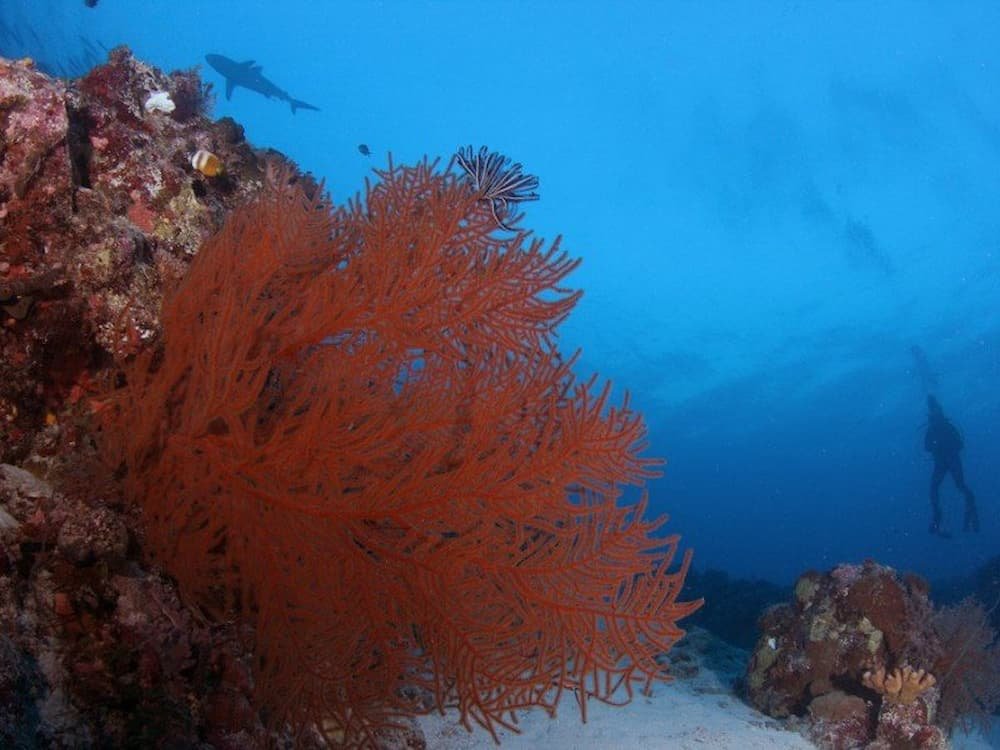
As of 2011, the Marshall Islands was established as the largest shark sanctuary in the world-spanning at nearly 2,000,000 square kilometers (almost 800,000 square miles); that’s about 4 times the size of California. Located approximately 3 ½ hours from Micronesia, the Marshall Islands are a Pacific paradise.
Because long fishing and possession of sharks and shark fins are illegal the population has drastically increased making this location one of the greatest dive spots in the world. Here you can see upwards of 30 species of sharks including 10 different species of reef sharks including grey reef, black tip reef, and white tip reef sharks.
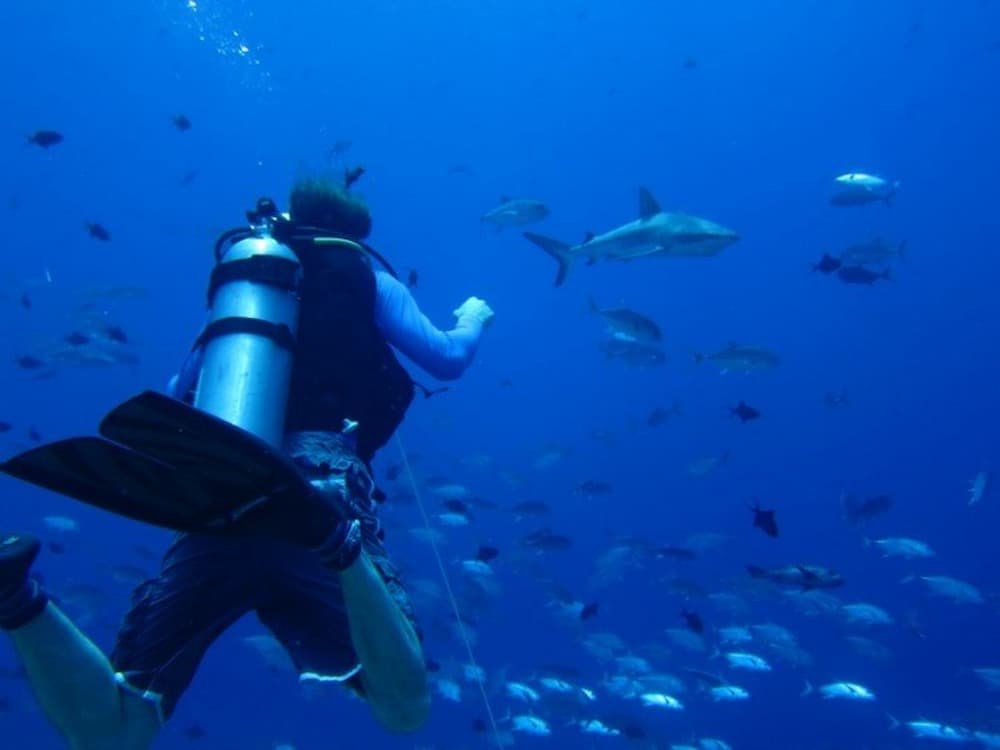
Palau paved the way for shark conservations as the world’s first shark sanctuary. Divers from all over the world head to Palau (off Micronesia) because of the high shark population, blue holes, warplanes, shipwrecks, hidden caves and tunnels, and insane vertical drops!
Known as “Shark City”, the Palau Shark Sanctuary expands over 600sq/km (375sq/mi) and protects over 135 species of Western Pacific sharks. Once you hit the water, expect to be one with the grey reef shark, white tip reef shark, hammerheads, and leopard shark just to name a few!
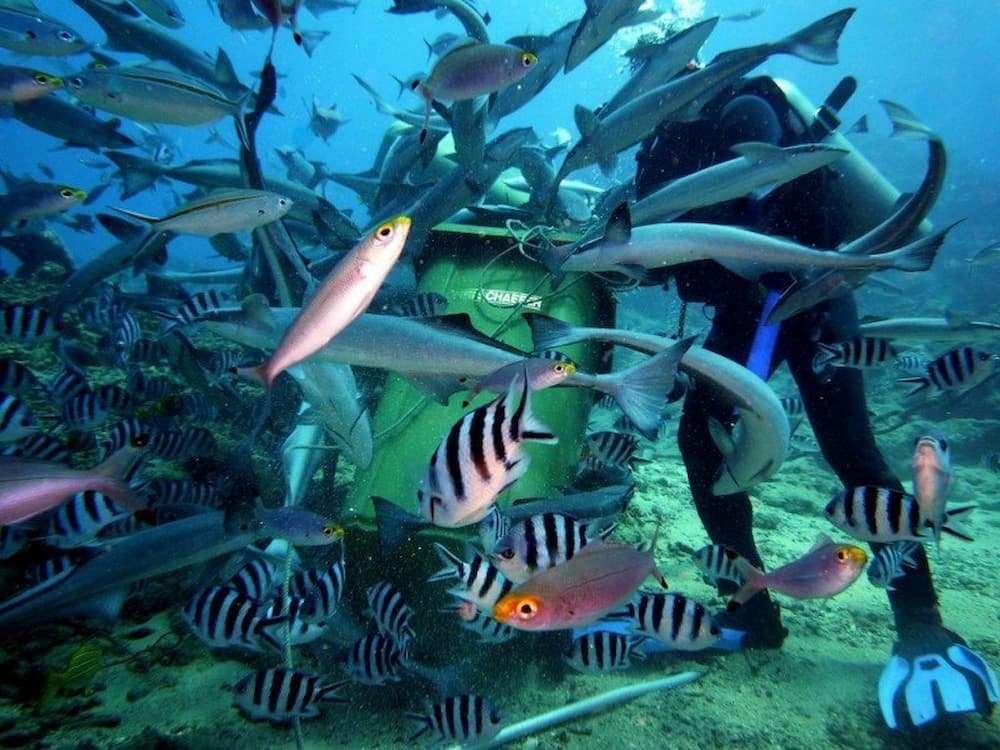
Feed dives are typically a controversial topic but local divers and the Fiji government pride themselves on their holistic conservation projects and sustainable eco-tourism. Over 400 species of tropical reef fish call the Beqa Lagoon home (also referred to as the Soft Coral Capital of the World).
Though the multi-colored beautiful fish are something to be seen, it’s the massive influx of up to 8 species of sharks, during the feed, which attracts divers to this spot. Anticipate a frenzy of blacktip reef sharks, silvertip reef sharks, bull sharks, tiger sharks, sicklefin lemon sharks, grey reef sharks, whitetip reef sharks, and nurse sharks.

Bimini Island attracts thousands of visitors each year for its white-sand beaches, historical attributes, and of course shark diving. Only 50 miles from the coast of Florida sited in the warm tropical shallows of the Atlantic, Bimini is the bull shark hub.
Bull sharks are at the top of the fascination list because of their incredibly aggressive nature and are considered the most dangerous shark in the world.
Bull sharks thrive in shallow warmer water so, just 20 minutes off the coast you’ll be surrounded by these captivating creatures as well as hammerheads, reef sharks, lemon sharks, and tiger sharks.
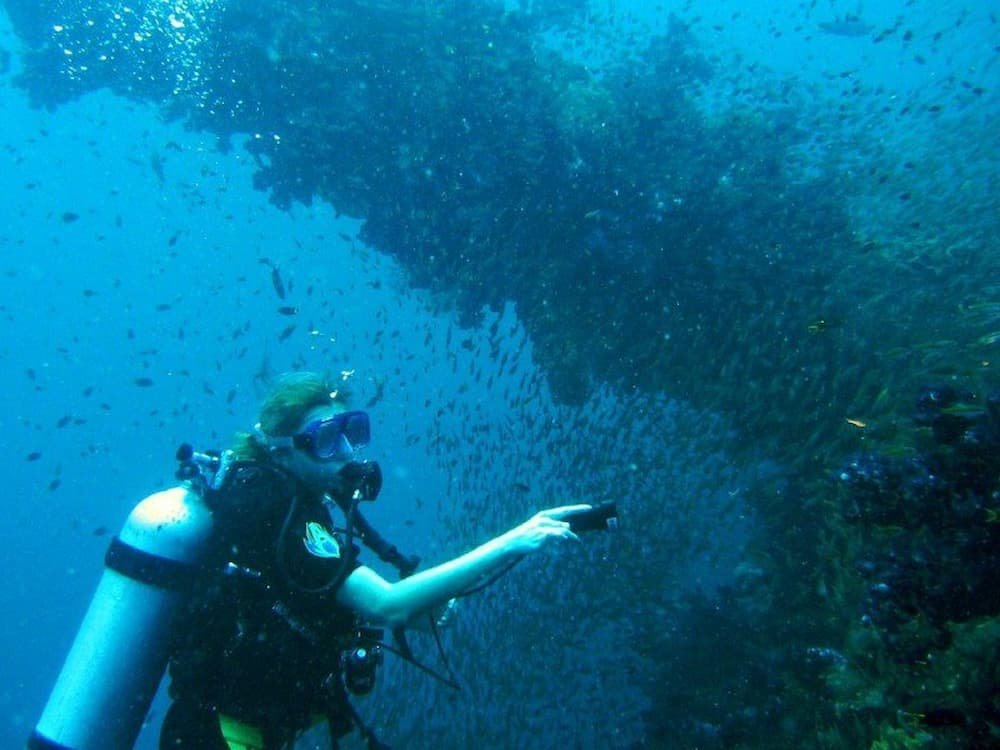
The S.S. Yongala ship sank in 1911 a mere 30 miles off the coast of Australia and lay undiscovered for nearly 50 years. The marine life that surrounds this wreck is positively fascinating and is an excellent place for underwater photography.
Take the plunge and be one with leopard sharks, eagle rays, guitar sharks, tiger sharks, sea snakes, napoleon wrasse, bull sharks, and barracuda just to name a few. Easily accessed from the shore, you can dive the SS Yongala all year long.

The Outer Banks is a string of 322km (200mi) long islands off the coast of North Carolina. This area was heavily used for importing and exporting in the 1800s. Because of minimal resources during that time, mariners relied on lighthouses, hand-drawn maps, and verbal descriptions of the coast for navigation. This information was often not the most accurate and with few harbors, narrow inlets, and unpredictable weather the number of shipwrecks quickly rose.
The area has since coined the name “The Graveyard of the Atlantic”, as there are over 2,000 shipwrecks along that coast. A diver’s paradise! Here you can dive with the Atlantic Ocean’s most radical sharks. The most common is the sand tiger shark. They’ll get super close, even swim right thru your legs.
It’s not uncommon to see black tip reef sharks, tiger sharks, and even great white sharks. “The Graveyard of the Atlantic” has become one of North America’s most extreme dive locations.
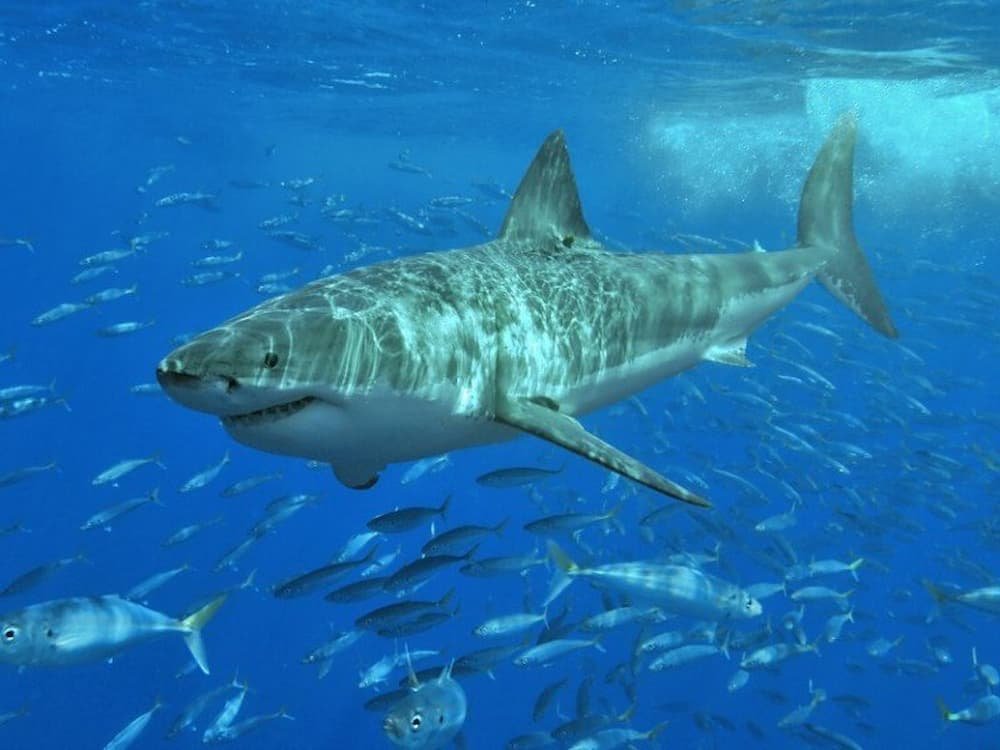
The Great White Shark aka white pointer, white shark, or white death. Anyone with an adventurous bucket list certainly has a great white dive somewhere on there. When thinking of diving with Great Whites, Mexico may not be the first place that comes to mind. However, in the past 10 years, Isla Guadalupe has become one of the most ultimate cage diving locals with easy accessibility, warm water, and nearly 30 meters of visibility. These dives are open to both certified and novice divers and is truly one for the records.
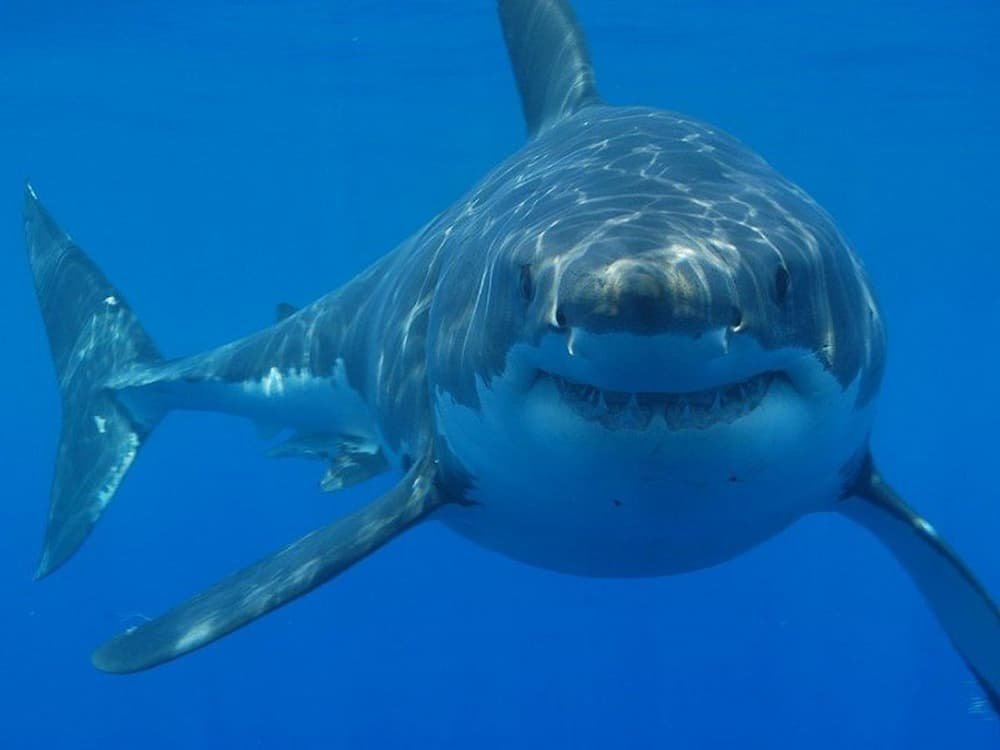
The first thing that comes to one’s mind at the mention of South Africa is sharks. South Africa is the mecca of shark dives specifically, Gansbaai. This particular dive, situated between Dyer Island and Geyser Rock, is known as Shark Alley.
This beautiful strip of sea earned the name “Shark Alley” because of the population of seals that are constantly feeding there and thus are constantly being predated by the Great White Shark. Of the 5,000 white sharks left, it is estimated that 2,000 of them are found in the waters of South Africa. This is an adrenalin rush that can’t be surpassed.
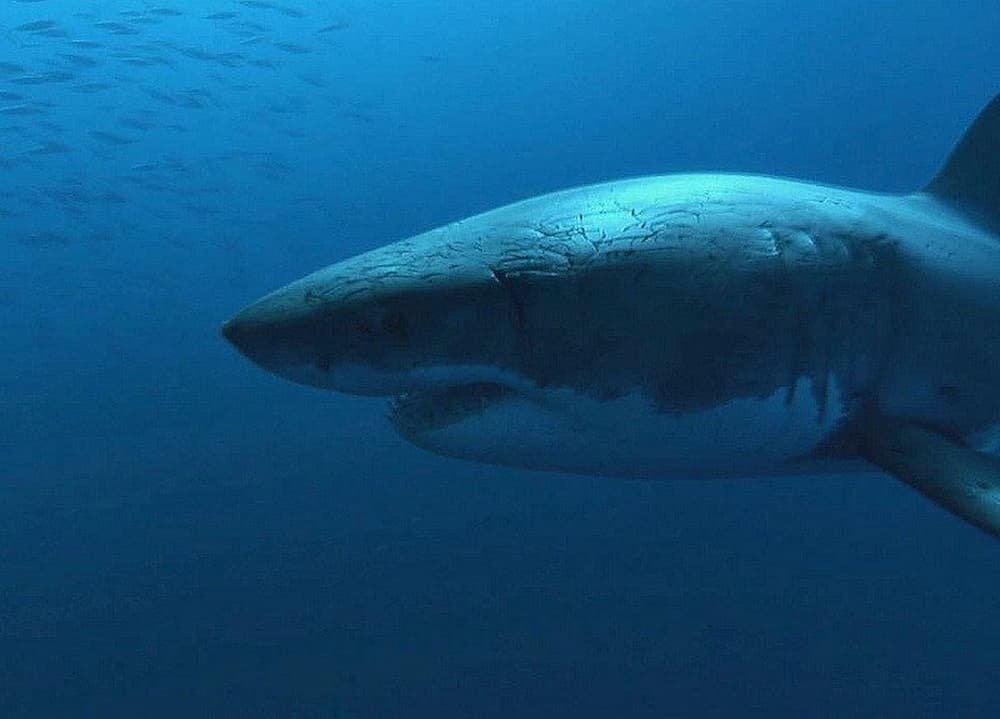
This wildlife refuge, approximately 30 miles off the coast of San Francisco, gained its popularity in the diving community for so many reasons. The Farallon Islands are the only place in the world where Great White Sharks can be witnessed behaving naturally in the wild.
Because this is a wildlife refuge there is no feeding allowed. Instead, guides take divers out at the height of the season, when the whites migrate to feast on sea lions and seals, and will sometimes use a seal decoy, if necessary, to lure the sharks in. This dive is indisputably one of a kind.
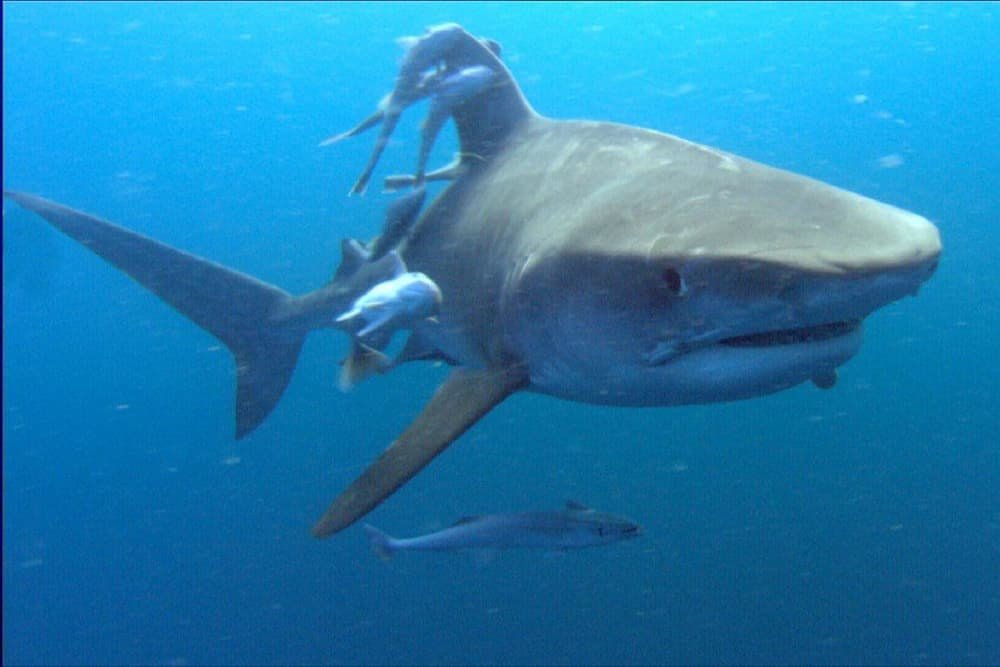
Welcome to the Cayman Trench, the deepest point in the Caribbean. Located and accessible off the coast of Honduras this shark dive is unlike any other…And your typical scuba gear just won’t cut it. This particular dive can only be reached via submarine; considering you travel to depths below 900 meters!
Few people have dove with sharks, fewer have dove so deep that they have encountered prehistoric sharks. The draw of the Cayman Trench is the sixgill shark. The sixgill shark grows up to 4.8 meters and has relatives that date back 200 million years; putting them in the prehistoric shark category.

Known for the crystal clear turquoise waters and underwater hotels the Maldives tops the list of most desirable dives.
Maaya Thila layers out in depths from 6 meters to 30 meters and is decorated in soft coral reefs and gorgonians, caves, and rock overhangs. Grey reef sharks stroll the outskirts but it’s the white tips that are prominent in strong currents closer to the reef.
Batfish, parrotfish, butterflyfish, lionfish, and great barracuda also adorn this breathtaking dive site. However, it’s the night dive that makes Maaya Thila one of a kind.
On the night dive, one gets to experience getting up close and personal with white tip sharks, moray eels, sea turtles, octopus, and ghost pipe fish. This dive will truly change your life.
Sharks are fascinating, highly intelligent, beautiful animals. Just remember they can be potentially dangerous and it’s very important to take all the proper precautions before getting in the water.
To have the opportunity to safely swim with them is both a privilege and a life-changing experience that everyone should mark off their bucket list.

I have only been diving at one of these. The Fiji Shark Dive.. It was fantastic. Have also dove the Bat Islands in Costa Rica. Also awesome! Thanks for the other bucket list items!